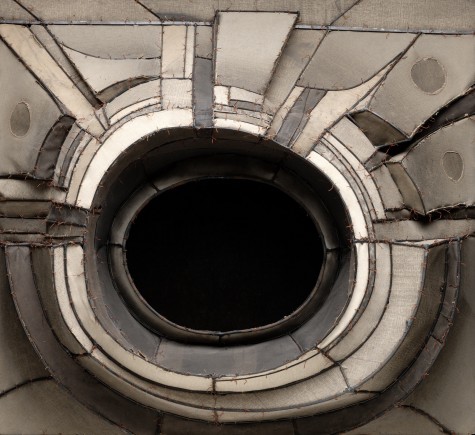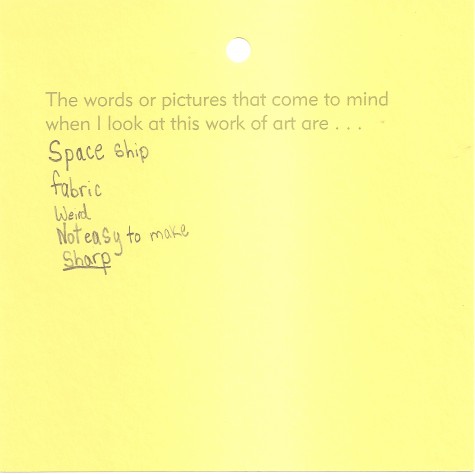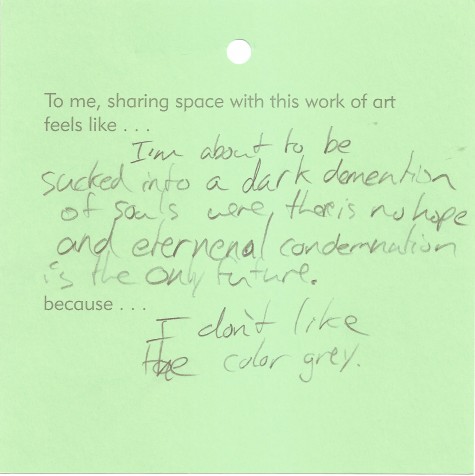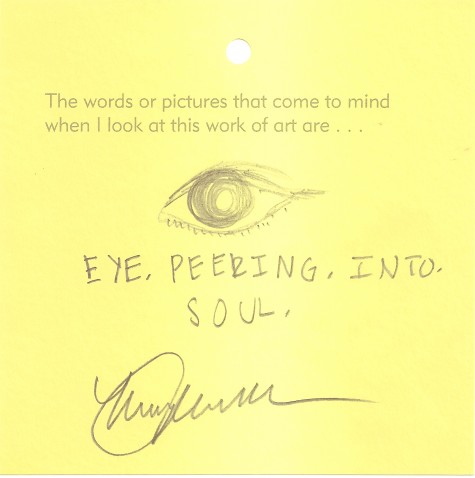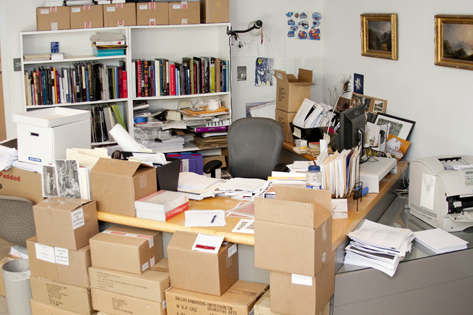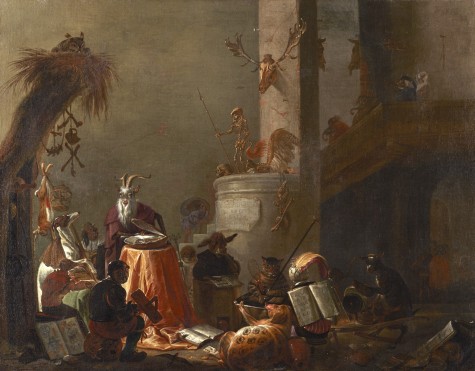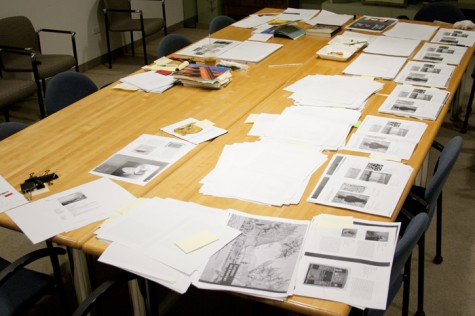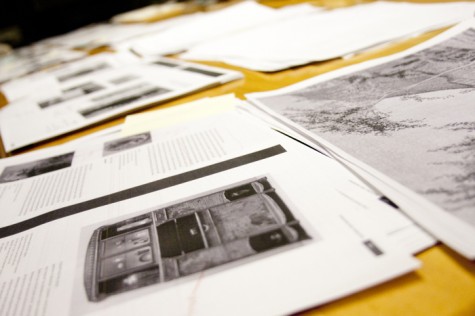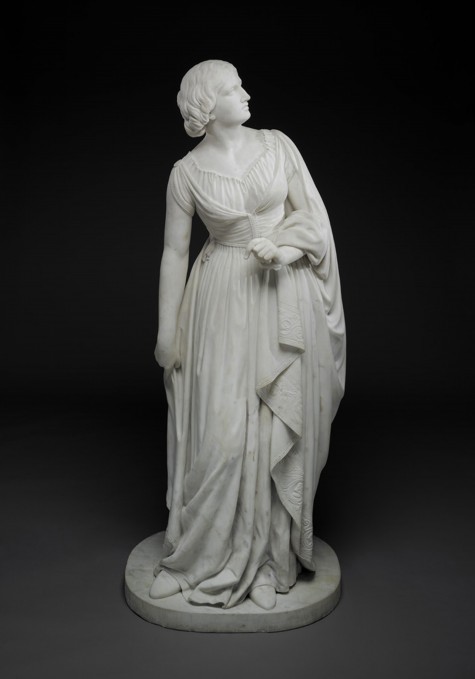Uncrated tracked down Tara Eaden, the DMA’s Operations Manager, to talk about her job at the Museum.
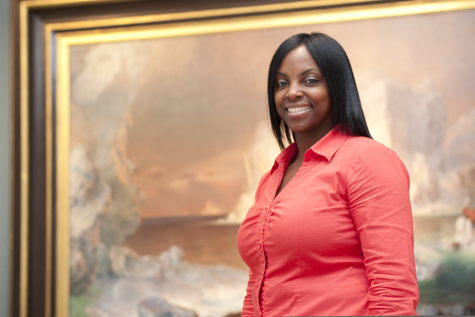
Describe your job in fifty words or less.
As Operations Manager, my basic duties are to manage the Museum’s daily operations. These duties include, but are not limited to, coordinating with the operations supervisors to organize office moves, set up/break down special events, and to make sure that the museum remains pristine.
What might an average day entail?
There really is no average day for anyone in operations, however the basic portion of my day may consist of various meetings, scheduling for different activities/projects, problem solving and/or fulfilling certain needs of staff, visitors and vendors that fall within my jurisdiction.
How would you describe the best part of your job and its biggest challenges?
The best part of my job is the daily knowledge I gain through departmental and peer interactions, as well as meeting the most influential and unique people—colleagues and visitors. I am very fortunate to work with a team of people who make the most challenging days seem effortless. I am doubly fortunate to work in an environment who embraces and caters to all cultures from all demographics.
One of the biggest challenges I might face would be the overlapping of events on the same day. There have been some days where the operations crew is spread thin because of the need to take care of their daily housekeeping needs, as well as multiple events scheduled for the same day at either the same time, or overlapping times. This puts a strain on the crew, thus placing me in the position to be creative with scheduling and employee placement so that the needs are met for not only the client, but for the best interest of the employee.
Growing up, what type of career did you envision yourself in? Did you think you’d work in an art museum?
I always thought I would be a teacher growing up. Even though I do have the opportunity to teach now from time to time in other capacities, I always thought I’d be in a classroom filled with a group of tots eager to learn. I never thought I would work in an art museum. But now that I’m here, it has been one of the most gratifying experiences I’ve ever encountered.
What is your favorite work in the Museum’s collections?
While I have several favorite works in the museum, my favorite is by far the Untitled (big/small figure) by Tom Friedman. Works of art may say different things to different people, but this work speaks to me in a manner of symbolism. The big blue man (I’ll call him the blues) for me represents problems that we all face sometimes that seem so much bigger than we are. The small figure represents us. The big blue man is looking down on the small man as if he can defeat him or get the best of him. It is in that moment that we could either decide to allow our problems to give us the blues, or we can overtake them. Or simply stated, sometimes our problems seem bigger to us than they really are. My second favorite is The Icebergs by Frederic Edwin Church.
Is there a past exhibition that stands out in your mind as a favorite, or is there a particular upcoming show you’re looking forward to seeing?
While we have had a number of beautiful and intriguing exhibits, such as Dale Chihuly (1994), Animals in African Art: From the Familiar to the Marvelous (1997), Splendors of China’s Forbidden City: The Glorious Reign of Emperor Qianlong (2004), Gordon Parks- Half Past Autumn (2005), my favorite by far is the Across Continents and Cultures: The Art of Henry Ossawa Tanner exhibition from 1995.
